Wow! Is it a light or a range hood?
ontariomom
10 years ago
Featured Answer
Sort by:Oldest
Comments (15)
eleena
10 years agolast modified: 9 years agopalimpsest
10 years agolast modified: 9 years agoRelated Professionals
Frankfort Kitchen & Bathroom Designers · Highland Park Kitchen & Bathroom Designers · Oneida Kitchen & Bathroom Designers · Schenectady Kitchen & Bathroom Designers · Albuquerque Kitchen & Bathroom Remodelers · Ewa Beach Kitchen & Bathroom Remodelers · Glendale Kitchen & Bathroom Remodelers · Spokane Kitchen & Bathroom Remodelers · Bonita Cabinets & Cabinetry · Citrus Heights Cabinets & Cabinetry · Drexel Hill Cabinets & Cabinetry · Kentwood Cabinets & Cabinetry · Wells Branch Cabinets & Cabinetry · Soledad Tile and Stone Contractors · Plum Design-Build Firmsrosie
10 years agolast modified: 9 years agododge59
10 years agolast modified: 9 years agoontariomom
10 years agolast modified: 9 years agoFori
10 years agolast modified: 9 years agoDks35 Manning
10 years agolast modified: 9 years agoFori
10 years agolast modified: 9 years agoontariomom
10 years agolast modified: 9 years agosochi
10 years agolast modified: 9 years agoontariomom
10 years agolast modified: 9 years agoDks35 Manning
10 years agolast modified: 9 years agoMilhouse Construction
9 years agoaloha2009
6 years ago
Related Stories

5 Stunning Modern Range Hoods
Today's kitchen range hoods can look like sleek sculptures. Here's what to look for when you go shopping for one
Full Story
KITCHEN APPLIANCESWhat to Consider When Adding a Range Hood
Get to know the types, styles and why you may want to skip a hood altogether
Full Story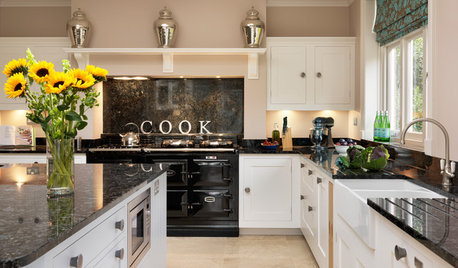
KITCHEN DESIGNA Stylist’s Secrets for Giving Your Kitchen the Wow Factor
There’s more to getting a fabulous kitchen than designing and installing it. It's the little details that elevate its look
Full Story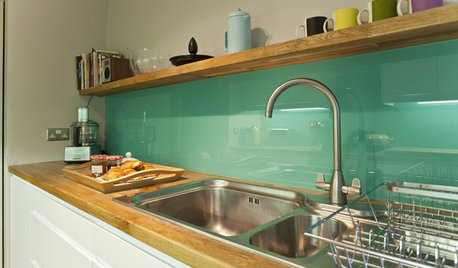
KITCHEN DESIGNHow to Pick a Kitchen Backsplash That Wows
Design your ideal backsplash with help from these Houzz guides and inspiring ideas for every kitchen style
Full Story
INSIDE HOUZZHouzz Prizewinners Take Their Kitchen From ‘Atrocious’ to ‘Wow’
A North Carolina family gets the kitchen they always wanted — and not a minute too soon — courtesy of the Houzz sweepstakes
Full Story
KITCHEN DESIGNHow to Find the Right Range for Your Kitchen
Range style is mostly a matter of personal taste. This full course of possibilities can help you find the right appliance to match yours
Full Story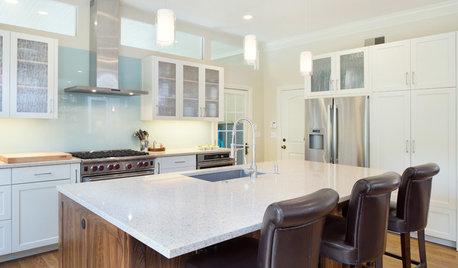
KITCHEN DESIGNModern Storage and Sunshine Scare Away the Monster in a Kansas Kitchen
New windows and all-white cabinetry lighten a kitchen that was once dominated by an oversize range hood and inefficient cabinets
Full Story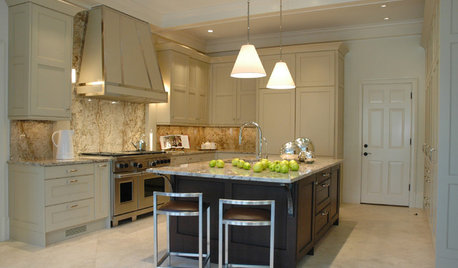
KITCHEN DESIGN8 Industrial-Luxe Kitchen Hood Styles
Make a Statement with Show-Stopping Metal Range Hoods
Full Story
KITCHEN DESIGNWhat to Know When Choosing a Range Hood
Find out the types of kitchen range hoods available and the options for customized units
Full Story
KITCHEN DESIGNHow to Choose the Right Hood Fan for Your Kitchen
Keep your kitchen clean and your home's air fresh by understanding all the options for ventilating via a hood fan
Full StoryMore Discussions






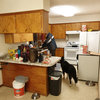
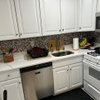
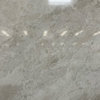
ontariomomOriginal Author